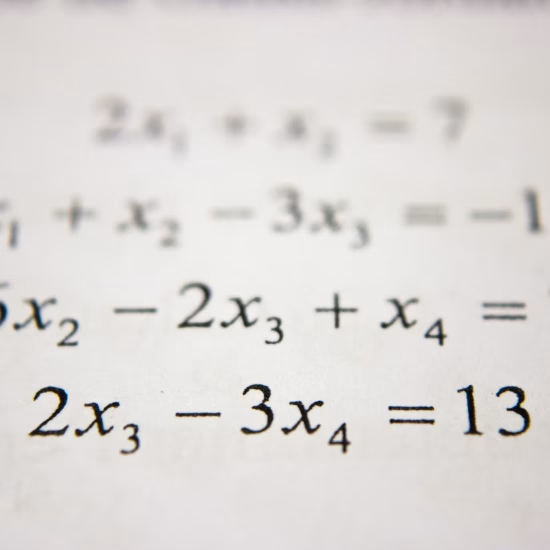
I’d been circulating listening to small groups work on a problem-solving task when I looked up at the clock. 15 minutes left! Our whole-class discussion would have to be brief. Should I take the reins and share my own solution for efficiency? I called everyone together and said, “since the bell’s about to ring…”
Has this happened to you? When I started regularly teaching using rich tasks with opportunities for reasoning and sense-making, I needed to provide time and space for students to explore the mathematics of a problem and discuss their thinking in small groups and then we could consolidate together as a whole group. Whole-group discussions were challenging –student contributions sometimes felt messy and unpredictable with ideas moving in directions that weren’t helpful to my goal. It was hard to figure out on the fly whether a student’s contribution was useful in taking us where we needed to go. When time ran low, I’d experience a crisis – I didn’t want to take away student agency and just tell them the big ideas, but I felt like that night’s homework and tomorrow’s lesson depended on it.
This challenge doesn’t have a simple solution, but I learned some useful ways to keep my whole-class discussions productive and on time. These insights come from my teaching using the 5 Practices framework (Smith, Bill, & Sherin 2019; Smith & Sherin, 2019; Smith, Steele, & Sherin 2020) and my work with teachers using the framework. I’ve found these to be transformative in my own lessons!
-
Anticipate thinking and plan the conversation in advance.
Early on, I’d start whole-class conversations by asking for volunteers. I never knew what I was going to get and while the ideas were good, they didn’t always shape the conversation in directions that furthered my learning goals. Spending time anticipating the solution paths (complete and incomplete, correct and not-quite-yet) that students might take for a rich task and the key ideas I wanted to surface was a helpful planning practice. When I anticipated in advance, I could curate conversations more carefully and orchestrate what ideas entered the conversation and when.
I look at this like trimming a bonsai tree. If I water and feed the tree, it’s going to grow but in whatever direction it would like. By planning the shape I want the tree to take, I can trim and encourage the tree to grow in a particular way.
-
Prime groups with what you want them to share during small-group discussions.
Students talk about many different ideas in small groups and we’re not there to hear everything. Sometimes when I’d have a small group report on their thinking, they would say something interesting but different from what I’d overheard. This was a solvable problem – when planning the whole-group discussion, I share with small groups what specific idea I’d like them to voice. As you monitor, point out the key ideas you’d like the small group to share when you bring them into the whole-group discussion.
-
Have questions ready for the whole-class discussion.
When building new ideas from students’ thinking, it’s important to think about what all students are taking away, not just the ones who are talking. Questions that connect mathematical ideas during the discussion elevate those key mathematical points.
Student voices are important, but what we choose to amplify as teachers is consequential for what students take away.
-
Limit small-group time.
It’s tempting to make sure every group has a correct and complete answer before starting a whole-group discussion, but this is not always necessary. When groups had complete solutions, it ironically actually limited learning opportunities during the whole-class discussion! When planning, consider how far is far enough to get in a task so that students can be primed to learn new ideas in the whole-class discussion.
-
Take two days.
Even with these tools, sometimes you just run out of time! If you need to return to an idea tomorrow, take a moment at the end of class to think about what pieces you’d like to wrap up, how to use student thinking to do so, and how to preview the next day’s topic. Better yet, if you have short classes, plan for two days in advance and break between the small-group and whole-group discussions.
Running out of time is a struggle for beginning and veteran teachers alike, but stopping student discussion to simply demonstrate what you need them to know robs them of the opportunity to think for themselves. I hope these tips help you think about managing the clock in a new way and provide opportunities to keep student thinking at the center of your classroom, even when the period is almost over!






